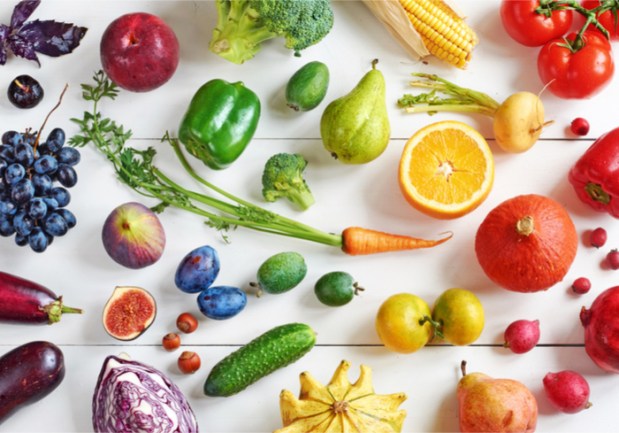Farm To People Aims To Be A ‘Launch Pad’ For Food Producers

To bring the concept of the farmers’ market to the world of eCommerce, online marketplaces are connecting local producers with consumers hungry for fresh food. With that in mind, companies such as Farm To People source small-batch and handcrafted proteins and produce that they deliver to shoppers who want to know more about what they put in their refrigerators.
“People are looking for more transparency around their food,” Farm To People co-founder Michael Robinov told PYMNTS, adding that consumers are also looking for more convenient ways to get their food.
That said, Robinov understands that consumers have many choices in the grocery space: There’s Whole Foods, which was swallowed up by Amazon, and consumers can get their groceries through Instacart as well. And, while consumers can turn to meal kits, Robinov believes that they don’t deliver the same type of fresh, small-batch ingredients that a service geared towards local ingredients can provide. Beyond Farm To People, services such as myPanier and Bon Harvest also offer marketplaces for local and artisanal goods.
Farm-To-Door-To-Table
To source ingredients, local food marketplaces turn to small-batch producers. In Farm To People’s case, it has suppliers in 40 out of 50 U.S. states and offers a broader selection on the specialty food side. The company’s fresh foods like meat, cheeses, and produce are primarily brought in within 200 to 300 miles of its base in New York City.
The service allows customers to choose from varying levels of commitment. For starters, consumers might want to place grocery orders once a month to stock their pantries, or use the service as a resource for gifts. But the company’s core customers, Robinov said, are shoppers who use the service as a weekly resource — like a grocery store. And, to provide more options, the company is testing out a way for consumers to choose the kinds of items that go into their regular deliveries, which they can pay for using a credit card.
To that end, the company is rolling out a customizable farm box as a beta test in Brooklyn and Manhattan, which it might bring to more areas in the fall. The idea behind the service, inspired by customer demand, is to serve families with particular meal preferences. With the offering, Robinov seeks to serve a family that has a burger night every week, or has a picky eater in the house. In all, “we want them to be able to make this delivery box the perfect solution for their family and for their needs.”
With that goal in mind, the company has a network of more than 100 farms in the Northeast and Mid-Atlantic regions. And, in the winter, it works with farms in Florida and California when “it can be quite cold and quite dark in the Northeast,” Robinov said.
To keep things fresh, the service may pull citrus from growers in Northern California if the time is right. And that strategy differs from that of meal kits or other food box subscriptions that may source their ingredients based on recipes. Robinov, however, seeks to turn that approach on its head: “We always want to let the local food that’s being grown and being harvested at a certain time dictate what kind of box we create for customer that week,” Robinov said.
Helping Producers Grow
From a producer’s perspective, local food marketplaces can help suppliers new to the food business beta test a product and find a customer base. “We’re trying to create what we like to call a ‘launch pad,’” Robinov said. The idea is to give producers a low-risk outlet to find an audience and provide an alternative to a higher-stakes national rollout with a grocer.
If new producers chose to work with a grocer, they may have to service stores with marketing tactics like demos. Those kinds of activities could be difficult for a two-person company to manage in, say, 100 stores every month as they are getting up and running. But, by using marketplaces that connect them with consumers, producers can get early feedback and make changes.
Undoubtedly, producers will need to make some changes to their products along the way — whether that’s a new label design, a flavor tweak or ingredient update. “It’s just much easier to do that when you are in a smaller footprint,” Robinov said, adding that eCommerce marketplaces can help new producers test the waters.